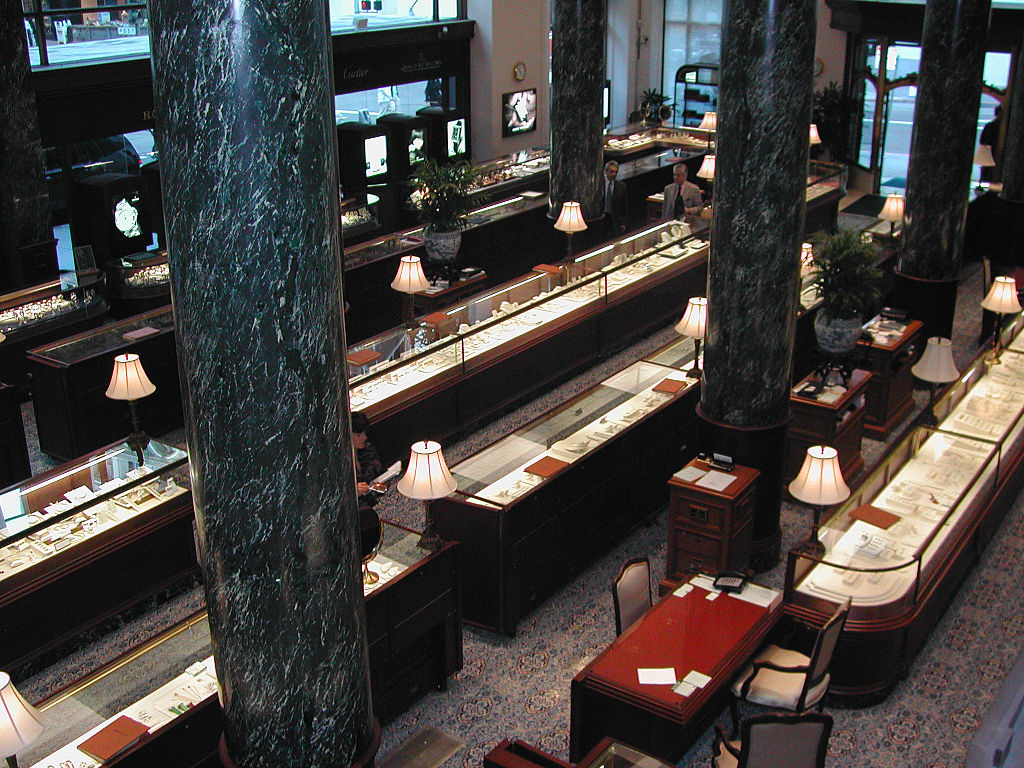Worldwide luxury goods market revenues will grow as much as 50 percent faster than global GDP, with an expectation of four to five percent growth in 2013 and five to six percent annual average through 2015, on track to break the €250 billion sales threshold by mid-decade; this according to Bain & Company, the leading advisor to the global luxury goods industry, in the Spring 2013 update to its industry bellwether “Luxury Goods Worldwide Market Study;” unveiled today at a conference hosted by Fondazione Altagamma (the Italian luxury goods industry trade association).
Bain confirmed that luxury revenues grew by 10 percent in 2012 (at current exchange rates), given the strong growth tailwinds present in the first half of last year. All growth estimates for 2013 and beyond are at constant exchange rates.El estudio que lleva por título “Luxury Goods Worldwide Market” fue presentado este jueves en una conferencia organizada por la Fundación Altagamma, la asociación italiana de las empresas de la industria de bienes de lujo.
Bain’s spring update sees the key drivers of the luxury goods market as:
WHO
- Tourists are changing their consumption habits, seeking out new destinations (e.g., Dubai, South East Asia, Australia) and showing more savvy in the items they purchase
- Each year, more “HENRYs” (High Earnings, Not Rich Yet) become potential customers, with ten times as many HENRYs as ultra-affluent individuals
- The rise of the middle class in emerging countries is polarizing the competitive arena, becoming a “new baby boom sized generation” for luxury brands to target
WHERE
- High consumer confidence among the affluent, increased store openings in American cities, and intensive investment in linking physical and digital shopping are all fueling United States sales growth
- The impact of 12 percent sales growth across Central and South America (notably Brazil and Mexico) will result in overall growth of five to seven percent in the Americas
- In Asia, growth in China is stabilizing to an expected seven percent, while South East Asia will experience 20 percent growth driven by a wave of new store openings, and increasing strength and relevance of second-tier markets
- Japan returns to a strong growth story of five percent as the country’s monetary policy depreciates the yen and pushes local consumption
- Europe remains a challenge for the industry; as tourism slows, as tourists spend less per visit, and as Europeans, especially in southern Europe, curtail spending—Bain expects flat-to-two percent growth
- Middle East is growing at a steady pace, with Dubai continuing as the center of gravity and the only city attracting foreign luxury consumers (e.g. Russians, Indians, Africans)
“We are seeing a more even distribution of global growth,” said Claudia D’Arpizio, a Bain partner in Milan and lead author of the study. “In turn, brands are refocusing from short-term, reactive hot spot thinking to long-term sustained growth strategies.”
Over the long term, Bain estimates that the global luxury goods market in 2025 will likely be more than five times larger than it stood in 1995. The key for winning in the luxury market over the next 10 to 15 years, says Bain, is “to get ready for Luxury 2.0.”

